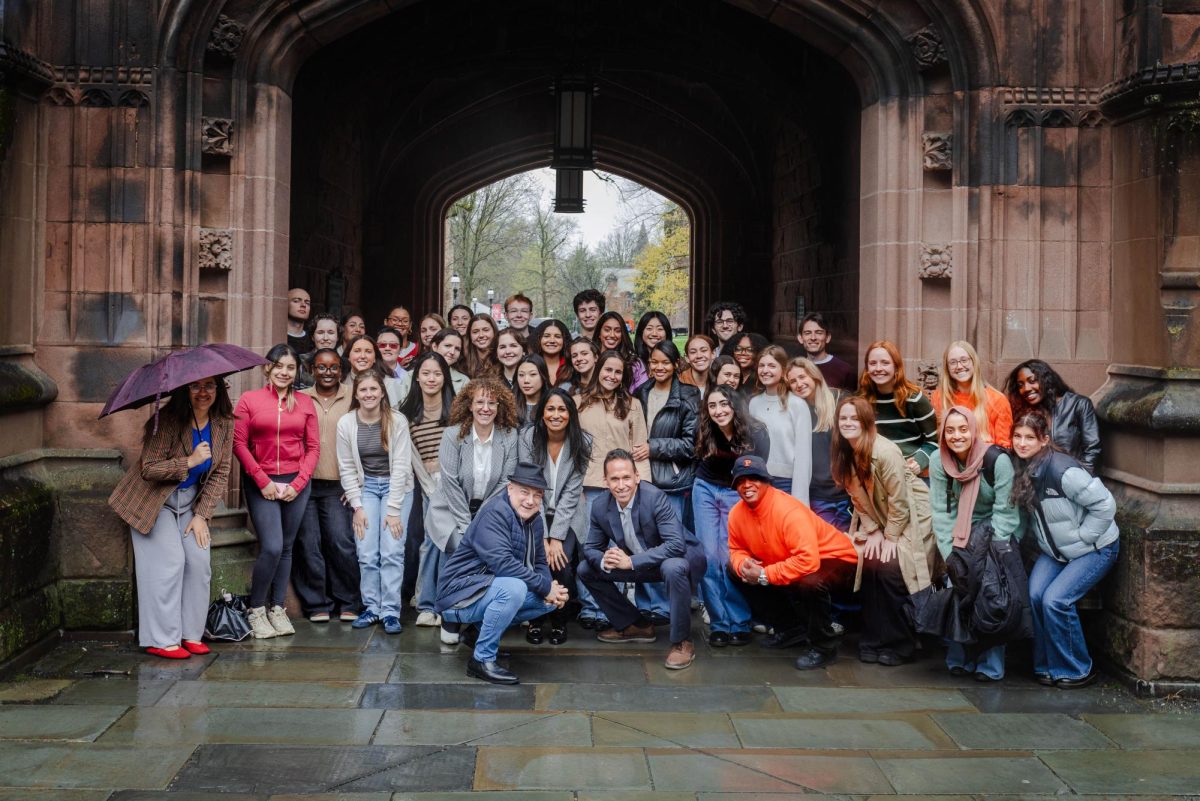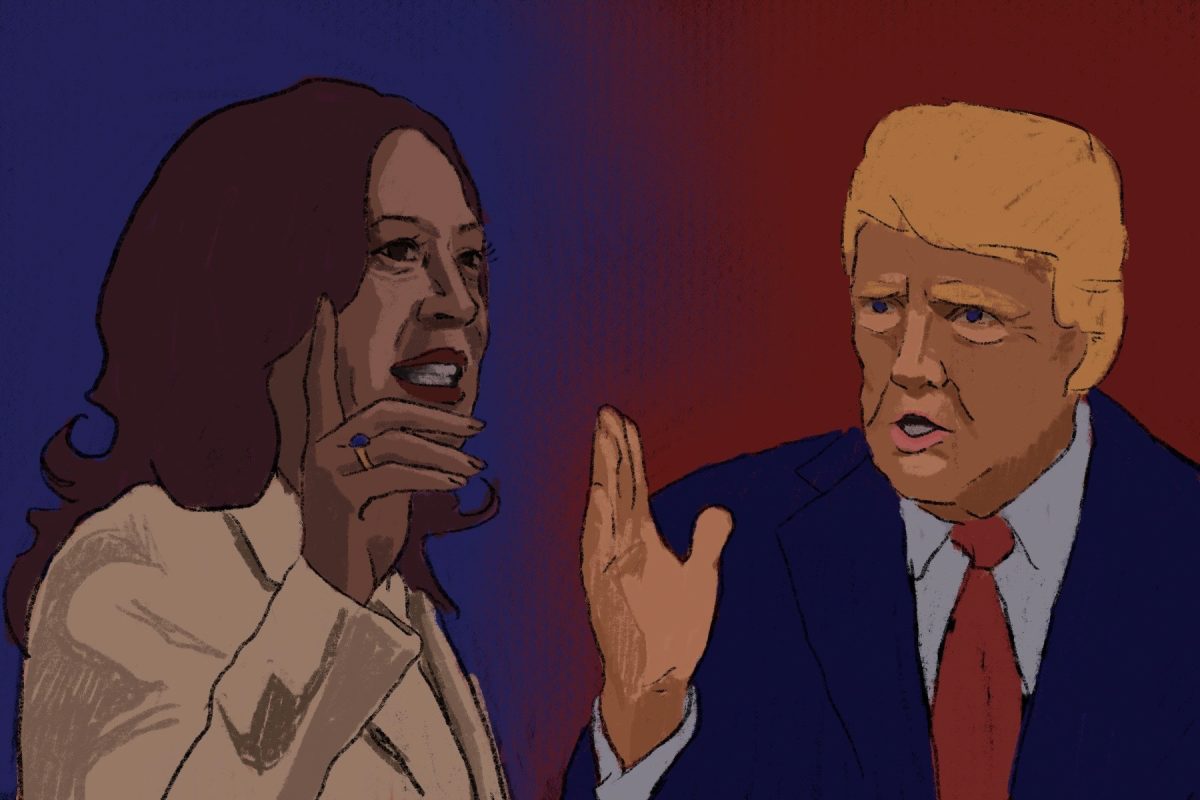WNYU: The Thomas Jefferson statue at City Hall — where should it go?

Photo by Carlo Allegri
November 11, 2021
Editor’s Note: This article is a full transcript of the segment from The Rundown, which has been lightly edited for format and consistency. Thank you to WNYU for the collaboration!
On Oct. 18, the New York City Public Design Commission voted to remove a statue of Thomas Jefferson from the City Council Chamber. But now the question is, where should it go? WNYU reporter Vinith Yedidi has the story.
YEDIDI: The statue of Jefferson that has been in City Hall since 1846 is actually a plaster model of the real bronze one in the Capitol Rotunda. It was commissioned by Uriah Phillips Levy, a Jewish Naval Officer who had experienced a lifetime of antisemitism. He had a great admiration of Jefferson, who was a champion of religious freedom, and decided to commemorate him with a statue.
But, as you all know, Jefferson also has a darker legacy — I mean, he owned slaves, displaced and committed genocide on Indians, and raped an underaged woman, an enslaved woman named Sally Hemings, who then had his children. And considering the fact that New York is an increasingly multicultural place with more diverse representatives in government, it’s painful to many that we still have a relic of this past in the City Council Chamber.
So what do we do? Let’s listen to I. Daneek Miller of the 27th District in Queens and Co-Chair of the Black, Latino, and Asian Caucus.
MILLER: To be clear, we are not seeking to erase history with the removal of this statue, but we are saying unequivocally, we will not celebrate and uplift, and lift up, a man whose success was built on the backs of slaves in this council chambers.
YEDIDI: Council Member of the 28th District in Queens and also Co-Chair of the Black, Latino, and Asian Caucus Adrienne Adams certainly agreed with this.
ADAMS: Though the statue of Thomas Jefferson has been located inside the chambers for close to two centuries, I believe it’s time for us as a city to turn the page and move forward. We now have the opportunity to do that by relocating the statue to the New York Historical Society, where the full story of Thomas Jefferson will be told in context.
YEDIDI: The New York Historical Society is a private museum that has offered to take the statue of Jefferson out on loan. I reached out to them for a statement, and they told me, “the statue of Thomas Jefferson would be displayed in the main gallery on the first floor and given appropriate historical context, including details of Thomas Jefferson’s complicated legacy: his contributions as a founder and draftsman of the Declaration of Independence, and the contradiction between his vision of human equality and his ownership of enslaved people — and the statue’s original purpose as a tribute to Jefferson’s staunch defense of freedom of religion and separation of church and state.”
But some dislike the idea of putting the statue in the care of a private, unaccountable entity that charges admission, such as Robert Loscalzo.
LOSCALZO: Approving a loan of the statue to the Historical Society which has not committed to ever display the statue, will effectively take what is now public artwork and conceal it from public access for the foreseeable future. That is contrary to the public interest.
YEDIDI: Some even disagree with the very notion of taking the statue out of City Hall. Let’s listen to Professor Raymond Lavertue from the Rothermere American Institute of Oxford University.
LAVERTUE: So I think removal is a very simple solution that will erase a debate. We need to grapple with the human condition and human flaws, and to get him out of there, out of the council chambers, but put him somewhere in a public space because his ideas are public property, and at least one statue should be as well.
YEDIDI: And finally, some argue that the statue should be buried, never to be seen again, for what it represents is evil. One person who said this is New York State Assemblymember Charles Barron.
BARRON: So not only should the statue be removed, it should be destroyed and not erected anywhere else. Long overdue, do the right thing.
YEDIDI: So what do we do? We could either keep it in the chamber, keep it at least in City Hall in a location such as the Governor’s Room, loan it out to the New York Historical Society, or destroy it. Well, the Public Design Commission isn’t sure either, because they ended up voting to remove it from the chamber, but said that it wouldn’t specify where it would end up until the end of 2021. Whatever they end up deciding, the question of what to do with relics of our past will continue to be contentious well into the future.
I’m Vinith Yedidi. This is WNYU, 89.1 FM.























































































































































